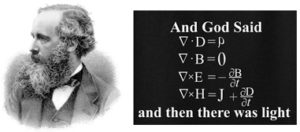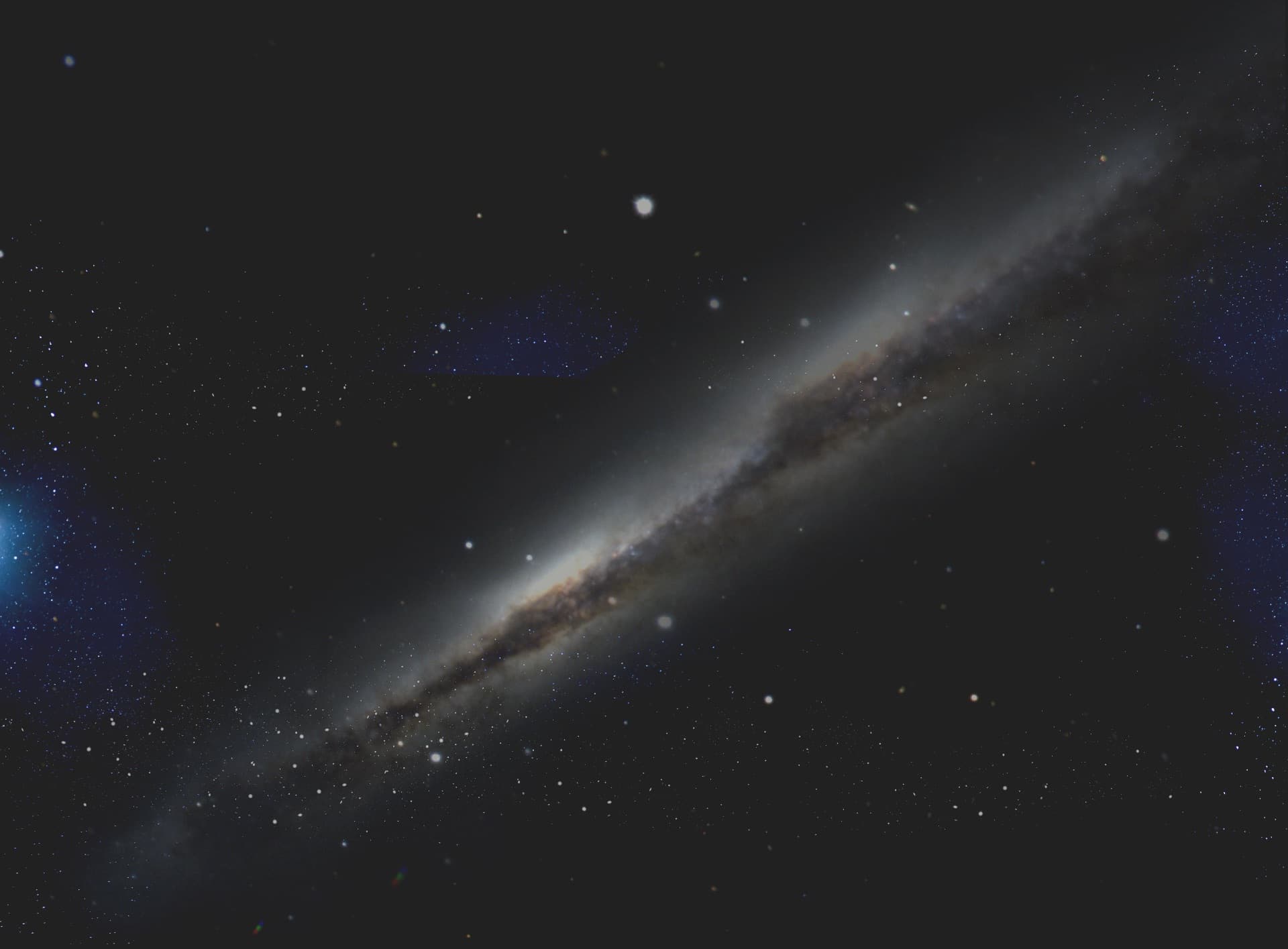 Article
Article- 20 pages
- Level: university
This paper by Heather M. Whitney, Assistant Professor of Physics at Wheaton College, was published in Christian Scholar’s Review in 2016. It is an overview of James Clerk Maxwell’s scientific work and religious faith, and also a discussion of Maxwell as a model for foundational science instruction in a faith-centered and collegial environment. It is also rich in Maxwell quotations. Whitney writes, “as a physics instructor… when I am actively engaged with the fullness of the intellectual arm of the body of Christ, I am best able to offer to my students instruction that is interdisciplinary engaged, grounded in physical reality, and pointing toward Christ”. From the paper’s abstract:
Physicist James Clerk Maxwell (1831-1879) is considered by many to have been as important to physics as Newton and Einstein, especially for his work on electricity and magnetism and for being the first director of the Cavendish Laboratory. His technical achievements are significant, but he also offers us a model of the qualities of physics education in a Christian liberal arts environment. This work explores his writings and discusses some of his various experiences, such as his broad education at the University of Edinburgh and participation in elite intellectual discussion societies, which developed and demonstrated his ability to think broadly. In some instances, he shared about his faith in God and how it informed his perspectives. Furthermore, in the inaugural lectures he gave for the three professorships he held over his lifetime, he shared his views on the role that the study of physics can play in personal formation. This paper suggests that his personal and professional examples may be critical qualities to be emulated in today’s Christian liberal arts physics programs, as higher education undergoes significant transition.
Click here to access this article via EBSCOhost, available in many libraries.
Click here to access this article via Gale Academic Onefile, available in many libraries.
